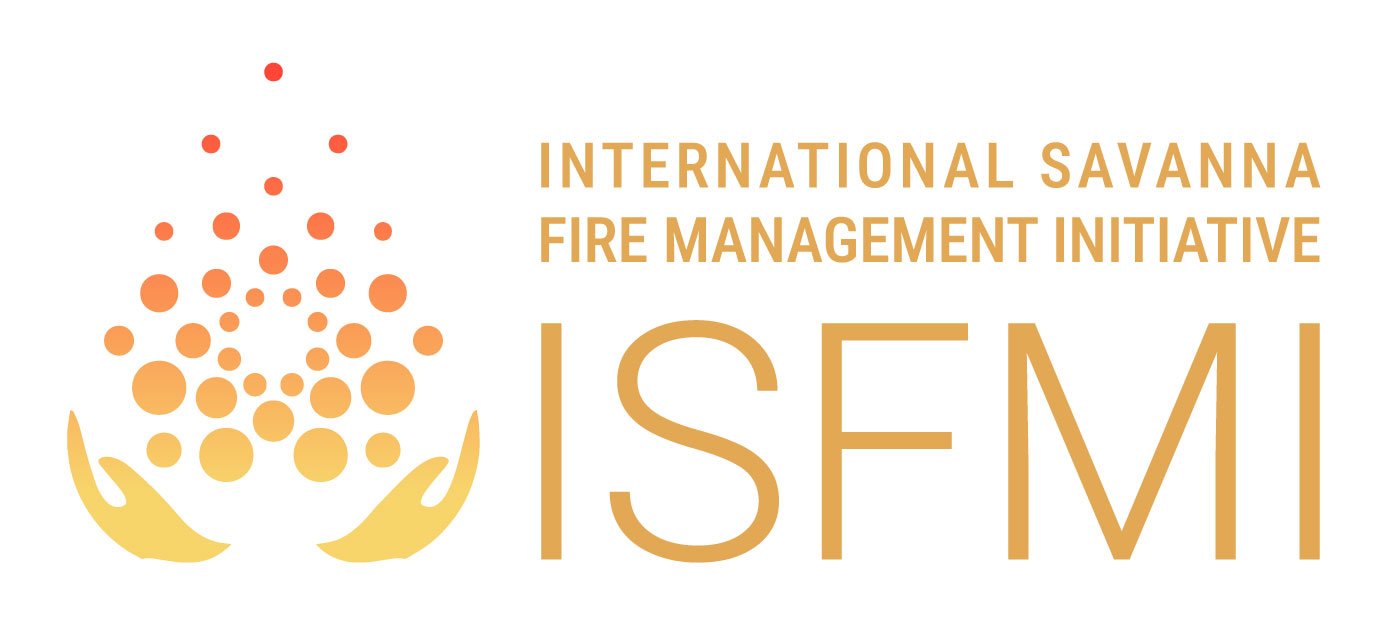In a drier Amazon, Indigenous people recalibrate their relationship with fire.
For thousands of years, Indigenous people in the Brazilian Amazon have used fire in their farming practices to preserve natural resources and regenerate the soil. But a rapidly changing climate and a drier forest have made these fires more difficult to control. In Xingu Indigenous Park, native people and researchers are developing alternative management methods to prevent uncontrolled burning, including removal of dry leaves and the use of less flammable plants. Drought has reduced the yield of traditional Indigenous crops like sweet potatoes and peanuts.
Reporting from the Brazilian Amazon, Suzana Camargo, reports for Mongabay on how the Indigenous Xingu peoples are adapting knowledge and fire practices to new climate realities. Read the full article here.
A member of the Wauja Indigenous group carefully monitors a fire used in making pottery. Image by Renato Mendonça/ISA. Photo and credit reproduced from original article.

